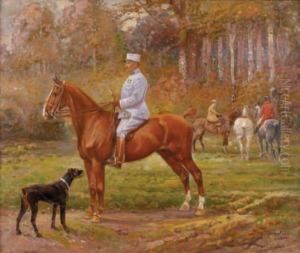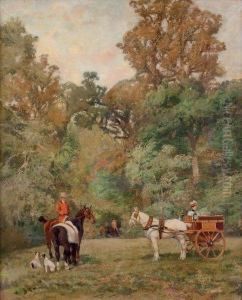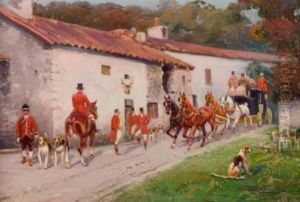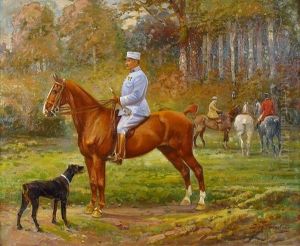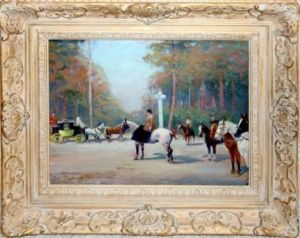Daniel Tardieu Paintings
Daniel Tardieu was a French painter known for his landscapes, still lifes, and figurative works that captured the essence of the French countryside and the human form with a delicate touch and a nuanced palette. Born on August 12, 1904, in Marseille, France, Tardieu showed an early interest in art that led him to pursue formal training. He studied at the École des Beaux-Arts in Paris where he was influenced by his teachers and the artistic movements of his time, particularly Post-Impressionism and the School of Paris.
During his career, Tardieu exhibited his work extensively throughout France and abroad. His paintings were appreciated for their lyrical quality and their ability to evoke emotion through color and composition. Tardieu was adept at capturing light and its effects on the landscape, a skill that garnered him admiration and respect among his peers and collectors. In addition to painting, he also explored other mediums, including drawing and printmaking.
Throughout the 1940s and 1950s, Tardieu's work continued to evolve. He was not one to remain static in his style or subject matter, often experimenting with new techniques and forms. His dedication to his craft earned him several awards and honors, and his works were acquired by public institutions as well as private collectors.
Daniel Tardieu lived through some of the most tumultuous times in modern history, including both World Wars, the interwar period, and the post-war era, which influenced the art world in profound ways. Despite the changing tides of fashion and taste in the art market, Tardieu remained committed to his artistic vision until his death on January 28, 1993, in Paris. His legacy lives on through his art, which continues to be exhibited and celebrated for its timeless beauty and emotional depth.
